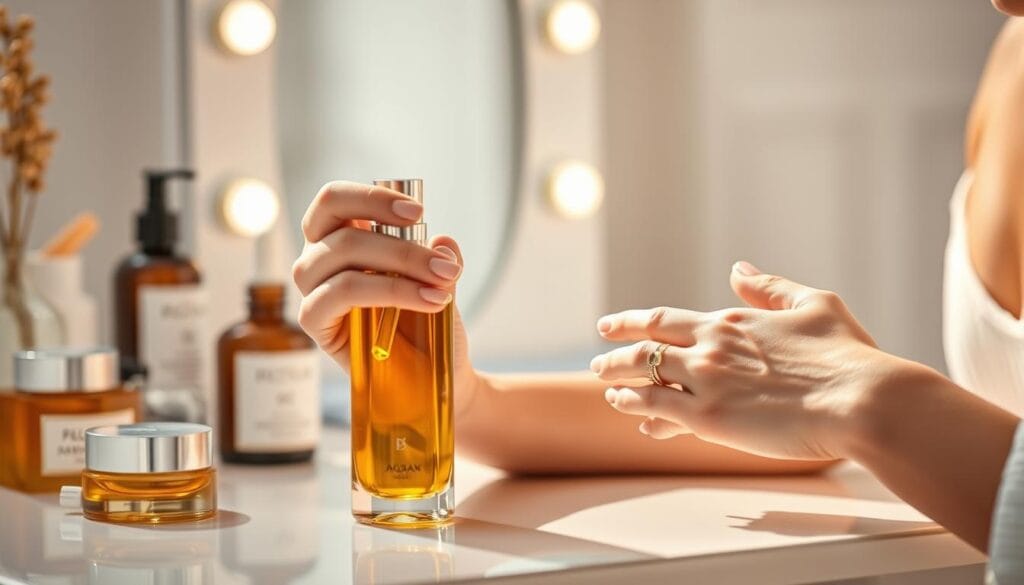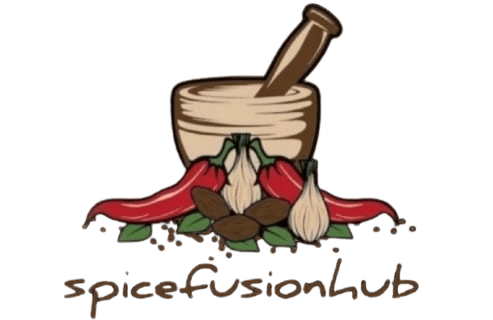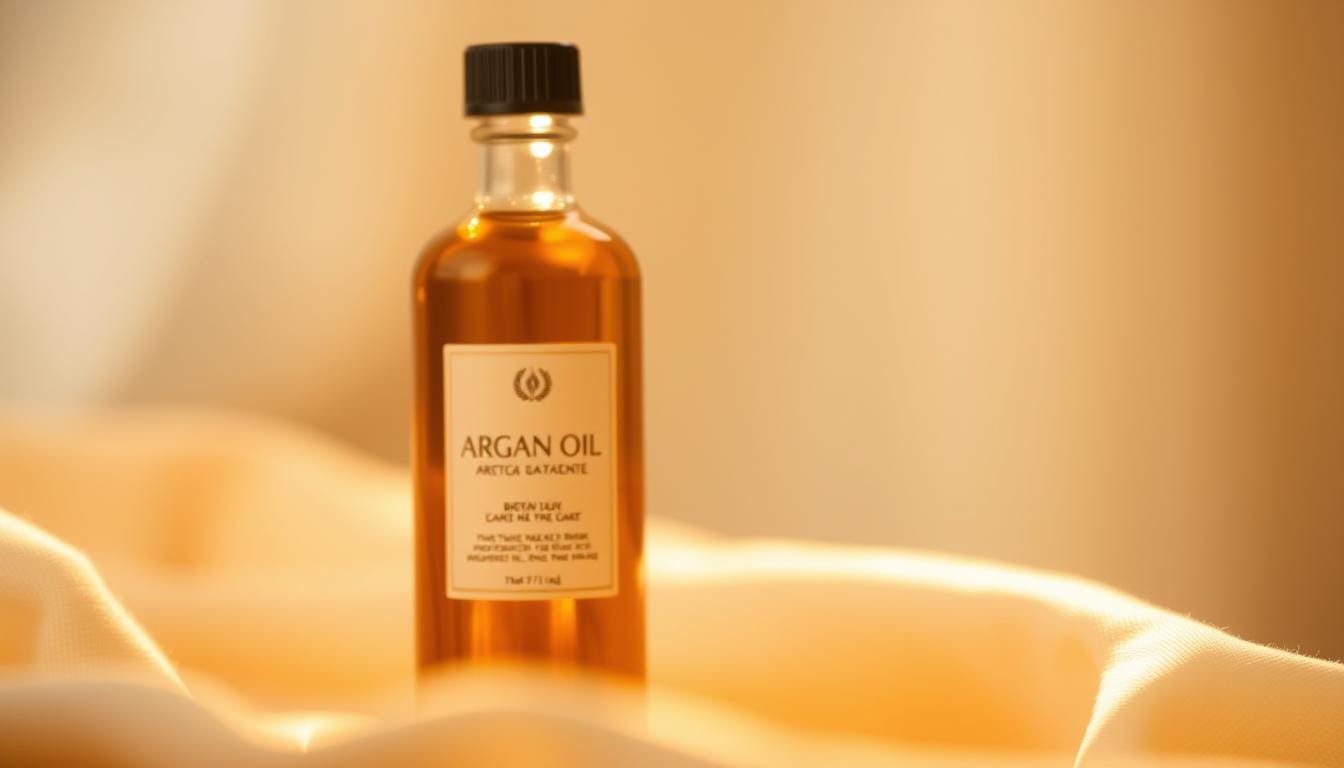Argan Oil: Your New Secret to Radiant, Nourished Skin
Have you ever wished for a natural solution to dry or dull skin? For years, I struggled with uneven texture and irritation until I discovered a transformative ingredient hidden in Morocco’s sun-soaked valleys. This golden elixir isn’t just another trend—it’s a centuries-old secret for glowing, healthy skin.
Known as “liquid gold”, this rare treasure has been cherished for generations. Its unique blend of vitamin E and antioxidants helps lock in moisture while fighting signs of aging. Unlike many skincare products, it’s gentle enough for sensitive complexions and powerful enough to repair damaged barriers.
What makes it stand out? Authentic versions are carefully extracted from kernels using traditional methods. This preserves its nourishing content, ensuring every drop delivers maximum benefits. From smoothing fine lines to soothing sun-kissed skin, its versatility has made it a staple in beauty routines worldwide.
Key Takeaways
- Works for both skincare and culinary use
- Rich in vitamin E and fatty acids for deep hydration
- Centuries of use in Moroccan wellness traditions
- Authentic extraction methods ensure quality
- Supports skin health through antioxidants
Understanding Argan Oil: Origins and Properties
Nestled in Morocco’s rugged landscapes grows a tree whose kernels have shaped beauty rituals for centuries. The indigenous Berber communities first discovered its value, using it for cooking and healing long before modern skincare embraced it. Today, this golden liquid remains a cornerstone of wellness traditions in North Africa.
Nutritional Profile and Essential Nutrients
What gives this ingredient its power? Over 80% of its composition comes from oleic and linoleic acids—essential fatty acids that reinforce moisture barriers. Combined with vitamin E and polyphenols, it becomes a multitasking marvel. “These nutrients work synergistically,” notes herbalist Leila Amrani. “They repair while protecting against environmental stressors.”

Extraction Process and Authenticity
True quality starts with traditional cold-pressing. Workers crack the hard kernels by hand, then mechanically press them without heat. This slow method preserves delicate antioxidants often destroyed in mass production.
| Cold-Pressed | Mass-Produced |
|---|---|
| Nutrient-rich | Lower antioxidant content |
| No chemical solvents | May use hexane |
| Cloudy appearance | Overly refined |
The result? A richer concentration of active compounds. When shopping, look for slightly cloudy textures and nutty aromas—hallmarks of authentic, unprocessed formulas.
How to Incorporate Argan Oil into Your Skincare Routine
Imagine a natural elixir that adapts to your skin’s needs day and night. This versatile liquid blends seamlessly into existing regimens, offering hydration without clogging pores. Start by applying a pea-sized amount to damp skin—this helps lock in moisture and enhances absorption.

Topical Application and Usage Tips
For best results, warm 2-3 drops between your palms before gently pressing onto clean skin. Pro tip: Mix it with your moisturizer to amplify hydration. Always “make sure” to patch-test new products first—apply behind the ear and wait 24 hours.
Morning or evening? Both work! Use it as a lightweight daytime serum or a nourishing overnight treatment. Those with dry areas can target elbows or cuticles for extra care.
Dosage and Frequency Guidelines
Less is more. Begin with 1-2 drops daily, increasing to twice if needed. Consistency matters—regular use improves texture within 4-6 weeks. Key nutrients like vitamin E strengthen barriers while fighting inflammation.
Combine with hyaluronic acid for plumping effects or SPF for daytime protection. Note: Cosmetic-grade formulas differ from food versions. Never substitute cooking oils for topical use without professional advice.
Exploring the Health Benefits of Argan Oil
What if one natural ingredient could protect your heart while nourishing your skin? Beyond its cosmetic uses, this golden liquid offers surprising advantages for overall wellness. Studies reveal its unique compounds may help combat chronic conditions and boost vitality.
Antioxidant and Anti-Inflammatory Properties
Packed with vitamin E and polyphenols, this oil neutralizes free radicals that damage cells. Research shows these antioxidants reduce inflammation in both skin and internal tissues. “The synergy between its compounds creates a protective shield against oxidative stress,” explains nutritionist Dr. Emily Carter.
Heart Health and Cholesterol Control
Regular consumption has been linked to better cardiovascular function. A 2021 clinical trial found participants using culinary-grade versions saw 12% lower LDL cholesterol. The fatty acids help maintain healthy blood pressure and artery flexibility.
Diabetes Prevention and Anticancer Potential
Early laboratory studies suggest certain compounds may slow blood sugar spikes and inhibit tumor growth. While human trials are ongoing, test-tube results show promising effects on cancer cell replication. Always consult your doctor before using it for medical purposes.
From supporting circulation to potentially guarding against chronic diseases, this versatile ingredient proves beauty and health often go hand-in-hand. Its nutrient profile makes it a valuable addition to both kitchen cabinets and skincare shelves.
Argan Oil: Your Guide to Treating Skin Conditions
Struggling with stubborn skin issues? Nature might hold the answer you’ve been searching for. This nutrient-rich elixir has become a go-to solution for addressing multiple complexion concerns, backed by both tradition and modern science.
Moisturizing and Anti-Aging Effects
Dryness and fine lines meet their match with this versatile ingredient. Its high vitamin E content acts like a moisture magnet, while fatty acids reinforce the skin’s protective layer. A 2020 Dermatology Research study found regular use improved hydration by 34% in participants with mature skin.
| Concern | Application | Result Timeline |
|---|---|---|
| Dryness | Night serum | 3-5 days |
| Wrinkles | Daily massage | 6-8 weeks |
| Dullness | AM/PM moisturizer boost | 2-3 weeks |
Managing Acne, Stretch Marks, and Other Concerns
Contrary to myths about oils causing breakouts, this lightweight formula helps balance sebum production. Its anti-inflammatory compounds reduce redness, while linoleic acid prevents clogged pores. For stretch marks, daily massage improves elasticity by stimulating collagen production.
Quality matters most. Cold-pressed versions retain 40% more antioxidants than refined alternatives, according to cosmetic chemists. Look for dark glass bottles and nutty aromas to ensure maximum potency for your skincare goals.
Argan Oil for Hair: Nourishment and Repair
Ever battled frizz or split ends that refuse to smooth? This Moroccan treasure works wonders beyond skincare—its lightweight texture revives lackluster strands while nourishing scalps. Modern haircare lines now harness its power, blending ancient wisdom with contemporary science.
Moisturizing Benefits for Thicker, Healthier Hair
Dry, brittle hair transforms with consistent use. The natural elixir’s fatty acids penetrate the hair shaft, sealing moisture and preventing protein loss. Stylists recommend applying 2-3 drops to damp locks before heat tools. “It acts like an invisible shield,” says celebrity hairstylist Marco Rivera. “Clients see less breakage within weeks.”
For best results, focus on ends during application. Many luxury conditioners now include this ingredient for its ability to boost elasticity. Regular use can reduce split ends by up to 40%, according to 2023 trichology studies.
Reducing Damage and Enhancing Shine
Environmental stressors and styling tools weaken hair over time. The oil’s antioxidants combat UV damage while vitamin E smooths cuticles for mirror-like reflectiveness. Try these pro tips:
- Mix with sea salt spray for beachy waves without dryness
- Apply as overnight treatment under a silk cap
- Use pre-swim to protect against chlorine
Global brands like Kerastase and Moroccanoil feature it in bestselling serums. Its unique nutrient profile—rich in linoleic acid—helps repair chemical damage from coloring. For instant gloss, rub a tiny amount between palms and scrunch through dry styles.
Culinary Uses of Argan Oil
Ever wondered what gives Moroccan dishes their rich, nutty essence? Beyond skincare, this versatile ingredient shines in kitchens across North Africa. Its delicate flavor profile makes it ideal for enhancing both sweet and savory creations.
From Tagines to Toast: Creative Applications
Food-grade versions differ significantly from cosmetic ones. Culinary types undergo light roasting for a deeper taste, while topical formulas remain raw. Always check labels—food-safe bottles will specify “for consumption.”
| Feature | Culinary-Grade | Cosmetic-Grade |
|---|---|---|
| Processing | Roasted kernels | Raw kernels |
| Flavor | Toasted almond notes | Mild, neutral |
| Best Use | Salads, dips, breads | Skin/hair treatments |
Maximize nutritional benefits by using it unheated. Drizzle over roasted vegetables or blend into smoothies. Try these easy ideas:
- Whisk with lemon juice for zesty salad dressing
- Swirl into hummus for earthy richness
- Dip crusty bread in oil mixed with za’atar spices
Heat destroys its fragile antioxidants, so add it after cooking. A little goes far—start with ½ teaspoon per serving. Store in cool, dark places to maintain freshness for up to 6 months.
Choosing and Using 100% Pure Argan Oil
Selecting the right formula makes all the difference between mediocre results and transformative benefits. Authentic versions preserve their natural properties through careful processing, but many products on shelves cut corners. Let’s break down how to spot genuine quality.
Understanding Food-Grade vs. Cosmetic-Grade Oils
Not all formulas serve the same purpose. Food-safe types undergo roasting for a nutty flavor and strict safety checks. These work in dressings or dips but lose some antioxidants during heat exposure. Cosmetic versions use raw kernels, retaining more vitamin E for topical treatments.
| Feature | Food-Grade | Cosmetic-Grade |
|---|---|---|
| Processing | Roasted kernels | Cold-pressed raw kernels |
| Additives | None permitted | May include preservatives |
| Packaging | Dark glass bottles | Plastic or clear containers |
Key Quality Indicators and Product Selection
Always check labels for “100% pure” claims and extraction methods. Cold-pressed options maintain higher fatty acid levels compared to chemical-extracted versions. Look for certifications like USDA Organic or ECOCERT to verify purity.
Here’s how to make sure you’re getting the real deal:
- Smell it – authentic versions have a mild, earthy aroma
- Check texture – pure formulas feel lightweight, not greasy
- Review ingredients – only “Argania Spinosa Kernel Oil” should appear
For body care, choose cosmetic-grade with dark glass packaging to protect antioxidants. Those seeking internal benefits should prioritize food-safe bottles labeled for consumption. Quality matters most – invest in brands that transparently share their production process.
Conclusion
From glowing complexions to heart-healthy meals, nature’s multitasker proves its worth across centuries. This golden elixir bridges ancient wisdom and modern science, offering solutions for skin nourishment, hair repair, and even culinary creativity.
Its rich blend of fatty acids and antioxidants addresses multiple concerns—smoothing wrinkles, boosting hydration, and protecting against environmental damage. Studies confirm its role in supporting cardiovascular wellness and managing inflammation when used internally or topically.
Quality determines results. Always choose pure formulas with certifications like USDA Organic. Whether blending into smoothies or massaging into cuticles, small doses deliver transformative effects over time.
Ready to experience its versatility? Start with a trusted brand that prioritizes authentic extraction methods. Your body—inside and out—deserves this timeless blend of tradition and nourishment.







